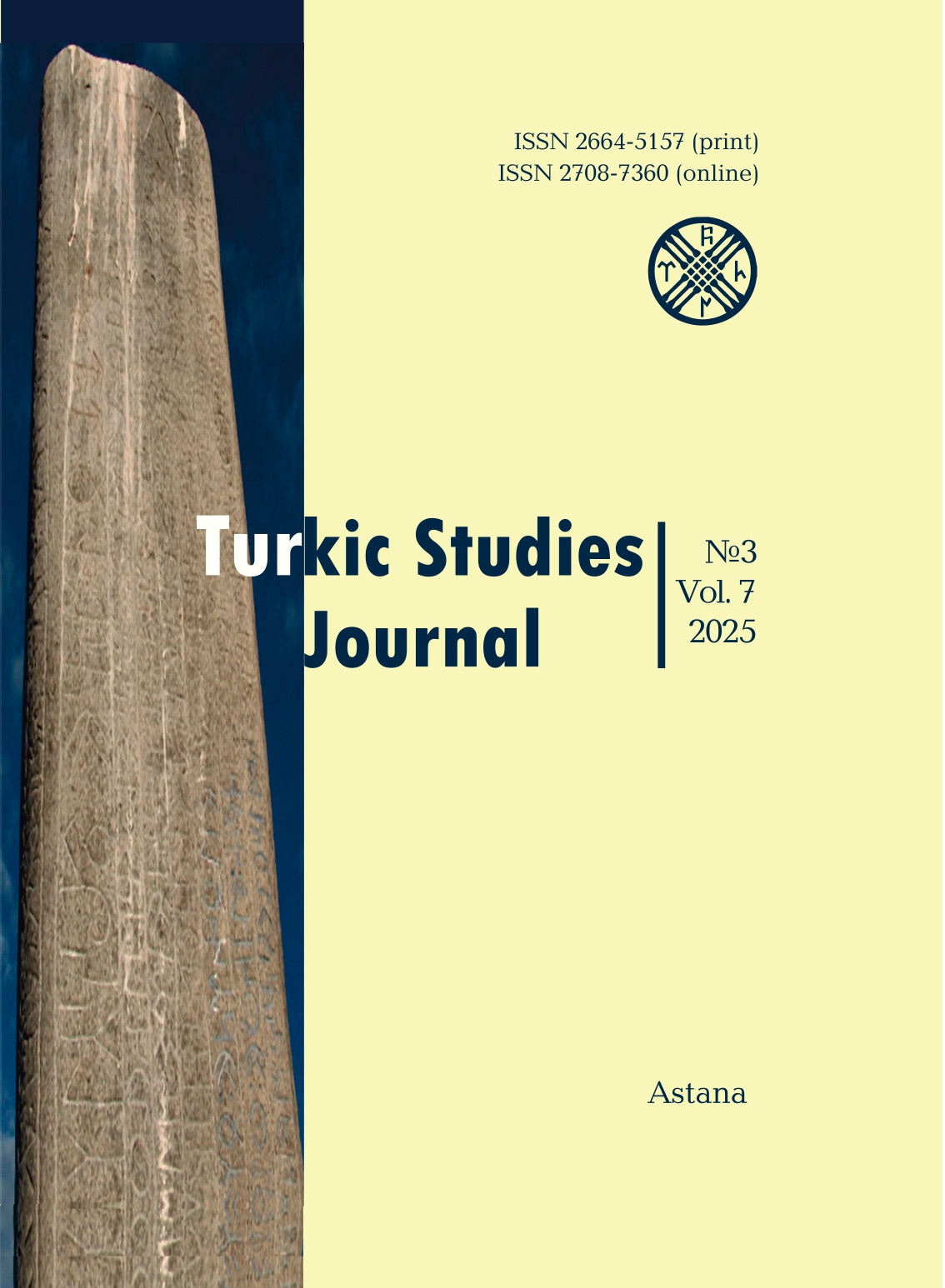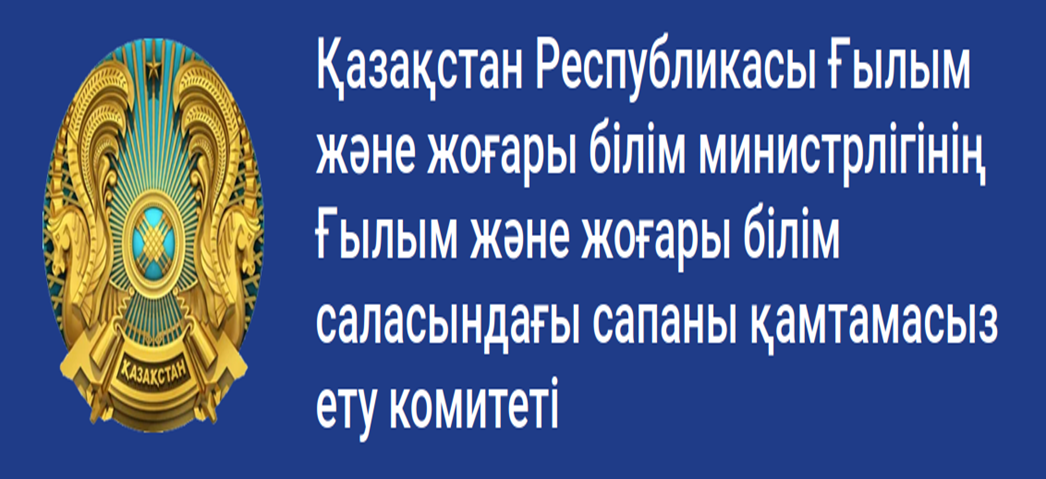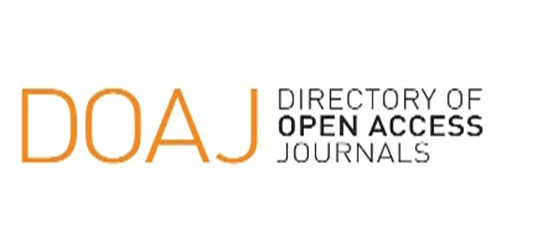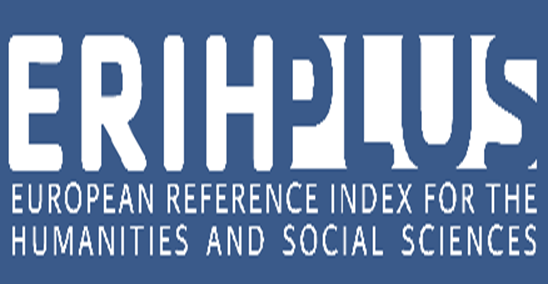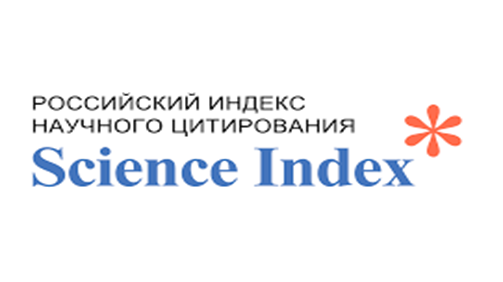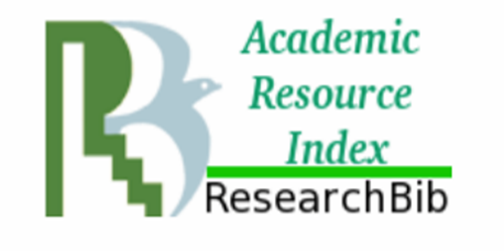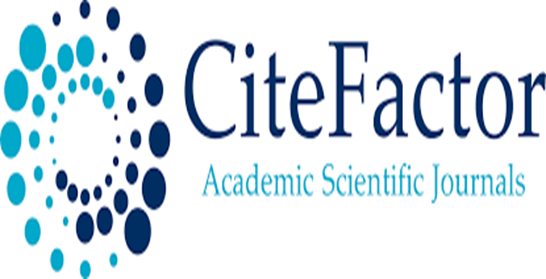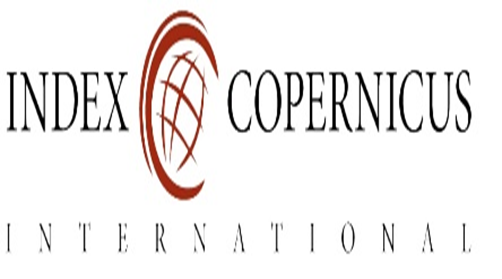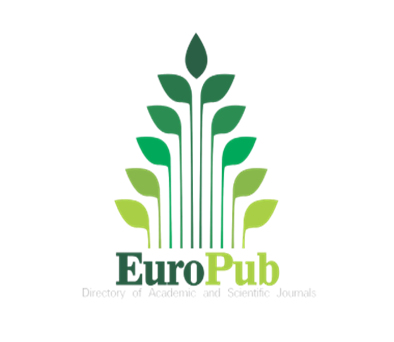The formation of native land imagery in traditional Kazakh society: On the example of historical toponyms of Western Kazakhstan
Views: 251 / PDF downloads: 66
DOI:
https://doi.org/10.32523/2664-5157-2025-3-106-126Keywords:
Western Kazakhstan, Zhaiyk, Mangystau, toponyms, onomastics, sacred space, ethnic history, folklore, migration, cultureAbstract
The article is devoted to the study of elements of the toponymic system of Western Kazakhstan in the context of the processes of territorial identification and the construction of images of the native land in traditional Kazakh society. The toponyms Zhaiyk and Mangistau played a key role in the history and culture of the Kazakh clans that were part of the Junior Zhuz. The region of Western Kazakhstan was not only a traditional place of nomadic settlement but also an important center of economic activity and cultural interaction. The article examines the ethnic and historical-cultural aspects of the etymology of these toponyms, their connection with tribal migrations, and their role in the processes of forming the ethnic identity of the Kazakhs. Data from written sources, folklore, and historiographic analysis of scholarly literature reveal the marking role of toponymy in the western region of Kazakhstan – as indicators of ethnic boundaries, as a center of ethnic processes that took place here, and as evidence of interactions between individual groups of nomads from ancient times to the Middle Ages. In the article, the authors employ interdisciplinary methods, including toponymic analysis, historical-comparative, ideographic, and historical-typological approaches. The theoretical framework for the study of toponyms is based on the concepts of “toponymic space,” the historical and cultural landscape, and territorial identity. The results of the research indicate that since ancient times, the modern territory of Western Kazakhstan has been a region of settlement for nomadic tribes, who developed it economically over thousands of years and filled the space with sacred meanings and mental categories. In this way, a “toponymic picture of the world” was created – closely linked not only to economic development but also to the parallel processes of the formation of ethnic consciousness among the Sarmatian-Massaget, Oghuz, and Kipchak ethnic communities. The “toponymic space” conceptualized by nomads can be understood as a description of their world, embodied in place names that have become ethnic symbols in the development of the territorial identity of an entire people.
Downloads
Reference
Ажигали С. Е., 2001. Очерк этнической истории аридной зоны Арало-Каспия (в свете проблем этногенеза) // История и культура Арало-Каспия. Сборник статей. Вып.1. Алматы: Кус жолы. С. 7- 38.
Аманниязов К.Н., 2004. Туркмены Мангышлака. Алматы. 143 c.
Әбдірахманов А., 1975. Топонимика және этимоло¬гия. Алматы. 208 б.
Бабалар сөзі: Жүз томдық, 2006. Т. 42: Батырлар жыры. Астана: Фолиант. 488 б.
Башкирские предания и легенды, 1985. Уфа. 545 c.
Бес ғасыр жырлайды, 1989. Т. 1. Алматы: Жазушы. 384 б.
Вамбери А., 1865. Путешествие по Средней Азии. Санкт-Петербург. 240 с.
Востров В.В., Муканов М.С., 1968. Родоплеменной состав и расселение казахов (конец XIX - начало XX вв.). Алма-Ата: Наука Казахской ССР. 255 с.
Губогло М. Н., 2003. Идентификация идентичности: этносоциологические очерки. Москва: Наука. 764 с.
Джованни дель Плано Карпини. История Монгалов. Гильом де Рубрук. Путешествие в Восточные страны, 1957. Перевод А.И. Малеина. Москва: Государственное издательство географической литературы. 270 c.
Ержанова Ұ., 2016. Батыс Қазақстан облысының ономастикалық кеңістігі. Орал: М.Өтемісов атындағы БҚМУ РБО. 244 б.
Жанайдаров О., 2006. Мифы Древнего Казахстана. Детская энциклопедия Казахстана. Алматы: Аруна. 252 с.
Жанұзақ Т., 2021. Қазақ ономастикасы. Бес томдық. Т. 1. 399 б.
Жеті ғасыр жырлайды: екі томдық, 2008. Алматы: Жазушы. T. 1. Б.353-363.
Замятин Д. Н., 2004. Метагеография: Пространство образов и образы пространства. Москва: Аграф. 512 с.
Ильясова, З., Ногайбаева, М., 2024. Әл-Омаридің Алтын Орданың тарихи географиясына қатысты мәліметтері. Turkic Studies Journal. Т. 6 (3), C. 51-68.
Каруновская Л.Э., 1935. Представления алтайцев о Вселенной. Советская этнография. Москва-Ленинград. № 4-5. С. 160-183.
Ковалевский А. П., 1956. Книга Ахмеда ибн-Фадлана о его путешествии на Волгу в 921-922 гг. Харьков: Харьковский государственный университет. 343 с.
Койчубаев Е., 1974. Краткий толковый словарь топонимов Казахстана. Алма-Ата: Наука. 275 с.
Кононов А.Н., 1958. Родословная туркмен. Сочинение Абу-л-Гази, хана хивинского. Москва-Ленинград. 284 с.
Константин Багрянородный, 1989. Об управлении империей. Москва. 496 с.
Көшімова Б., 2010. Маңғыстау өңірі жер-су атауларының түсіндірме сөздігі. Алматы: Нұрлы әлем. 238 б.
Краткий энциклопедический словарь исторических топонимов Казахстана, 2014. Сост. И.В. Ерофеева. Алматы. 528 с.
Қалнияз жырау Шопықұлы. Қалнияз едім күнінде…, 2016. Алматы: Сардар.160 б.
Қожанұлы М., 2005. Атырау облысының жер-су аттары. Астана. 144 б.
Қондыбай С., 2002. Есен-қазақ. Алматы. 352 б.
Мандельштам А.М., 1971. К данным аль-Бируни о Закаспии // Страны и народы Востока. Москва. С.163-169.
Марғұлан Ә., 1985. Ежелгі жыр, аңыздар / Ғылыми зерттеу мақалалар. Құрастырған Р. Бердібаев. Алматы: Жазушы. 368 б.
Материалы по истории туркмен и Туркмении. Том I. VII-XV вв. Арабские и персидские источники., 1939. Москва-Ленинград АН СССР. 612 с.
Мачинский Д.А., 1971. О времени первого активного выступления сарматов в Поднепровье по свидетельствам античных письменных источников // Материалы и исследования по археологии СССР. АСГЭ. Вып. 13. Ленинград: Аврора. С. 30-54.
Омарбеков С., 1965. Қазақтың ауызекі тіліндегі жергілікті ерекшеліктер. Алматы: Ғылым. 205 б.
Поэты пяти веков: Казахская поэзия XV-начала XX веков, 2003. Алматы: Жазушы. 336 с.
Рашид ад-Дин, 1987. Огуз-наме. Баку: Элм. 128 с.
Семби М., 2012. Манқыстау // Cборник материалов международного научнопрактического семинара «Историко-культурное наследие и современная культура». Алматы: Serviсe Press. С. 202-203
Смирнов К.Ф., 1977. Савроматы и сарматы. Проблемы археологии Евразии и Северной Америки. Москва. С. 129-137.
Томсон Дж.О., 1953. История древней географии. Москва: Изд-во иностр. лит., 592 с.
Топоров В.Н., 1969. О палийской топономастике // Топонимика Востока. Исследования и материалы. Москва: ГРВО. 240с.
Трепавлов В.В., 2011. Тюркские народы средневековой Евразии. Избранные труды. Казань: ООО «Фолиант». 252 с.
Тюхтенева С.П., 2009. Земля. Вода. Хан Алтай: этническая культура алтайцев в XX веке. Элиста. 169 c.
Умиткалиев У.У., Жанисов А.Т., Кошман Т.В., Құрманғожина Т.М., 2020. Отражение исторических событий в топонимике Западно-Казахстанской области (на материалах Теректинского, Бурлинского районов, района Байтерек). Вестник Евразийского национального университета Л.Н. Гумилева. Серия: Исторические науки. Философия. Религиоведение. №1(130). С. 75-83.
Söylemez, O., Nurdauletova, B., Ateş, Ö.F., 2024. Underground Mosques of Mangistau: Continuity of Sufi path of Islam. Türk Kültürü ve Hacı Bektaş Veli Araştırma Dergisi, 111, P. 284-302.
Reference
Abdirakhmanov A., 1975. Toponimika zhane etymologiya [Toponymy and etymology]. Almaty. 208 p. [in Kazakh].
Amanniyazov K.N., 2004. Turkmeny Mangyshlakа [Turkmens of Mangyshlak]. Almaty. 143 p. [in Kazakh].
Azhigali S. Ye., 2001. Ocherk etnicheskoy istorii aridnoy zony Aralo-Kaspiya (v svete problem etnogeneza) [Essay on the ethnic history of the arid zone of the Aral-Caspian Sea (in light of the problems of ethnogenesis)]. Istoriya i kul'tura Aralo-Kaspiya. Sbornik statey [History and Culture of the Aral-Caspian Sea. Collection of Articles]. Vyp.1. Almaty: Kus zholy. P. 7-38. [in Russian].
Babalar sozi: Juz tomdiq [Words of ancestors], 2006. T. 42: Batirlar jiri. Astana: Foliant.488 p. [in Kazakh].
Bashkirskiye legendy i predaniya, 2009. [Bashkir legends and traditions]. Ufa. 545 p. [In Russian].
Bes gasyr zhyrlaydy [Five centuries sing]. 1989. V.1. Almaty: Zhаzushi. 384 p. [in Kazakh].
Dzhovanni del' Plano Karpini. Istoriya Mongalov. Gil'om de Rubruk. Puteshestviye v Vostochnyye strany [Giovanni del Plano Carpini. History of the Mongols. Guillaume de Rubruck. Journey to the Eastern Countries], 1957. Perevod A.I. Maleina. Moscow: Gosudarstvennoye izdatel'stvo geograficheskoy literatury. 270 p. [in Russian].
Guboglo M.N., 2003. Identifikatsiya identichnosti: etnosotsiologicheskiye ocherki [Identification of identity: ethnosociological essays]. Moscow: Nauka. 764 p. [in Russian].
Ilyassova Z., Nogaibaeva М., 2024. Al-Omaridin Altin Ordanin tarihi geografiyasina qatisti malimetteri [Al-Omari’s information on the historical geography of the Golden Horde]. Turkic Studies Journal. Vol. 6 (3). P. 51-68. [in Kazakh].
Kalniyaz zhirau Shopykuly. Kalniyaz edim kuninde. [Kalniyaz zhyrau Shopykuly. Kalniyaz edim kuninde], 2016. Almaty: Sardar.160 p. [in Kazakh].
Karunovskaya L.E., 1935. Predstavleniya altaytsev o Vselennoy [The Altaians' Conceptions of the Universe]. Sovetskaya etnografiya [Soviet Ethnography]. Moscow-Leningrad. No 4-5. P. 160-183. [in Russian].
Khozhanuly M., 2005. Atyrau oblysynyn jer-su attary [Place names of Atyrau region]. Astana. 144 p. [in Kazakh].Koichubaev Ye., 1974. Kratkiy tolkovyy slovar' toponimov Kazakhstana [Brief explanatory dictionary of toponyms of Kazakhstan]. Alma-Ata: Nauka. 275 p. [in Russian].
Kondybay S., 2002. Esen-kazakh [Yesen-kazakh]. Almaty. 352 p. [in Kazakh].Kononov A.N., 1958. Rodoslovnaya turkmen. Sochineniye Abu-l-Gazi, khana khivinskogo [Genealogy of the Turkmen. Work of Abu-l-Ghazi, Khan of Khiva.]. Moscow-Leningrad. 284 p. [іn Russian].
Konstantin Bagryanorodnyy, 1989. Ob upravlenii imperiyey. [On the Governance of an Empire]. Moscow. 496 p. [in Russian].
Koshimova B., 2010. Mangystau oniri zher-su ataularyn tussindirm e sozdigi [Explanatory dictionary of place names of the Mangystau region]. Almaty: Nurly Alem. 238 p. [in Kazakh].
Kovalevsky A.P., 1956. Kniga Akhmeda ibn-Fadlana o yego puteshestvii na Volgu v 921-922 gg [The book of Ahmed ibn Fadlan about his journey to the Volga in 921-922]. Khar'kov: Khar'kovskiy gosudarstvennyy universitet. 343 p. [in Russian].
Kratkiy entsiklopedicheskiy slovar' istoricheskikh toponimov Kazakhstana [Brief encyclopedic dictionary of historical toponyms of Kazakhstan], 2014. Sost. I.V. Yerofeyeva. Almaty. 528 p. [in Russian].
Machinskiy D.A., 1971. O vremeni pervogo aktivnogo vystupleniya sarmatov v Podneprov'ye po svidetel'stvam antichnykh pis'mennykh istochnikov [On the time of the first active performance of the Sarmatians in the Dnieper region according to evidence from ancient written sources]. Materialy i issledovaniya po arkheologii SSSR [Materials and research on the archeology of the USSR]. ASGE. Vyp. 13. Leningrad: Avrora. P. 30-54. [in Russian].
Mandel'shtam A.M., 1971. K dannym al'-Biruni o Zakaspii [On al-Biruni’s data on Transcaspia]. Strany i narody Vostoka [Countries and peoples of the East]. Moscow. P. 163-169. [in Russian].
Margulan A., 1985. Ezhelgi zhyr, anyzdar [Ancient poems, legends]. Gylymi zertteu makalalar. Kurastyrgan R. Berdibaev. Almaty: Zhazushy. 368 p. [in Kazakh].
Materialy po istorii turkmen i Turkmenii. Tom I. VII-XV vv. Arabskiye i persidskiye istochniki [Materials on the history of the Turkmens and Turkmenistan. Volume I. VII-XV centuries. Arabic and Persian sources]. 1939. Moscow-Leningrad AN SSSR. 612 p. [in Russian].
Omarbekov S., 1965. Kazaktyn auyzeki tilindegi zhergilikt erekshelikter [Local features in the spoken Kazakh language]. Almaty: Gylym. 205 p. [in Kazakh].
Poety pyati vekov: Kazakhskaya poeziya XV-nachala XX vekov. [Poets of Five Centuries: Kazakh Poetry of the 15th-early 20th Centuries]. 2003. Almaty: Zhazushy. 336 p. [In Russian].
Rashid ad-Din, 1987. Oguz-name [Oghuz-name]. Baku: Elm. 128 p. [In Russian].Sembi M., 2012. Mankystau. Sbornik materialov mezhdunarodnogo nauchno-prakticheskogo seminara «Istoriko-kul'turnoye naslediye i sovremennaya kul'tura» [Mankystau. Collection of materials of the international scientific and practical seminar "Historical and cultural heritage and modern culture"]. Almaty: Servise Press. P. 202-203. [in Russian].
Smirnov K.F., 1977. Savromaty i sarmaty. Problemy arkheologii Yevrazii i Severnoy Ameriki [Sauromatians and Sarmatians. Problems of Archaeology of Eurasia and North America]. Moscow. P. 129-137. [in Russian].
Söylemez O., Nurdauletova B., Ateş Ö.F., 2024. Underground Mosques of Mangistau: Continuity of Sufi path of Islam. Türk Kültürü ve Hacı Bektaş Veli Araştırma Dergisi. 111.P. 284-302.Tomson Dzh.O., 1953. Istoriya drevney geografii [History of Ancient Geography]. Moscow: Izd-vo inostr. lit., 592 p. [in Russian].
Toporov V.N., 1969. O paliyskoy toponomastike [On Pali Toponomastics]. Toponimika Vostoka. Issledovaniya i materialy. Moscow: GRVO. 240 p. [in Russian].
Trepavlov V.V., 2011. Tyurkskiye narody srednevekovoy Yevrazii. Izbrannyye trudy [Turkic peoples of medieval Eurasia. Selected works.]. Kazan': OOO «Foliant». 252 p. [іn Russian].
Tyukhteneva S.P., 2009. Zemlya. Voda. Khan Altay: etnicheskaya kul'tura altaytsev v XX veke [Land. Water. Khan Altai: Ethnic Culture of the Altaians in the 20th Century]. Elista. 169 p. [in Russian].
Umitkaliyev U.U., Zhanisov A.T., Koshman T.V., Kurmangozhina T.M., 2020. Otrazheniye istoricheskikh sobytiy v toponimike Zapadno-Kazakhstanskoy oblasti (na materialakh Terektinskogo, Burlinskogo rayonov, rayona Bayterek) [Reflection of historical events in the toponymy of the West Kazakhstan region (based on the materials of the Terekty, Burlinsky districts, and the Baiterek district)]. Vestnik Yevraziyskogo natsional'nogo universiteta L.N. Gumileva. Seriya Istoricheskiye nauki. Filosofiya. Religiovedeniye No1(130). P. 75-83. [in Russian].
Vamberi A., 1865. Puteshestviye po Sredney Azii [Journey through Central Asia]. Saint Petersburg. 240 p. [in Russian].
Vostrov V.V., Mukanov M.S., 1968. Rodoplemennoy sostav i rasseleniye kazakhov (konets XIX – nachalo XX vv.) [Tribal composition and settlement of the Kazakhs (late 19th - early 20th centuries)]. Alma-Ata: Nauka Kazakhskoy SSR. 255 p. [in Russian].
Yerzhanova U., 2016. Batys Kazakhstan oblysynyn onomastykalik kenistigi [Onomastic space of the West Kazakhstan region]. Oral: M. Utemisov atyndagy BKMU RBO. 244 p. [in Kazakh].
Zamyatin D.N., 2004. Metageografiya: Prostranstvo obrazov i obrazy prostranstva [Metageography: The Space of Images and Images of Space]. Moscow: Agraf. 512 p. [in Russian].
Zhanaydarov O., 2006. Mify Drevnego Kazakhstana. Detskaya entsiklopediya Kazakhstana [Myths of Ancient Kazakhstan. Children's Encyclopedia of Kazakhstan]. Almaty. Aruna. 252 p. [in Russian].
Zhanuzak Т., 2021. Kazakh onomastykasi [Kazakh onomastics]. Bes tomdik. V. 1. 399 p. [in Kazakh].
Zhety gasyr zhirlaydi: eky tomdyk [Seven Centuries in verse: in two volumes], 2008. Almaty: Zhazushy. V. 1. P.353-363. [in Kazakh].
Downloads
Published
How to Cite
Issue
Section
License
Copyright (c) 2025 Turkic Studies Journal

This work is licensed under a Creative Commons Attribution-NonCommercial 4.0 International License.

